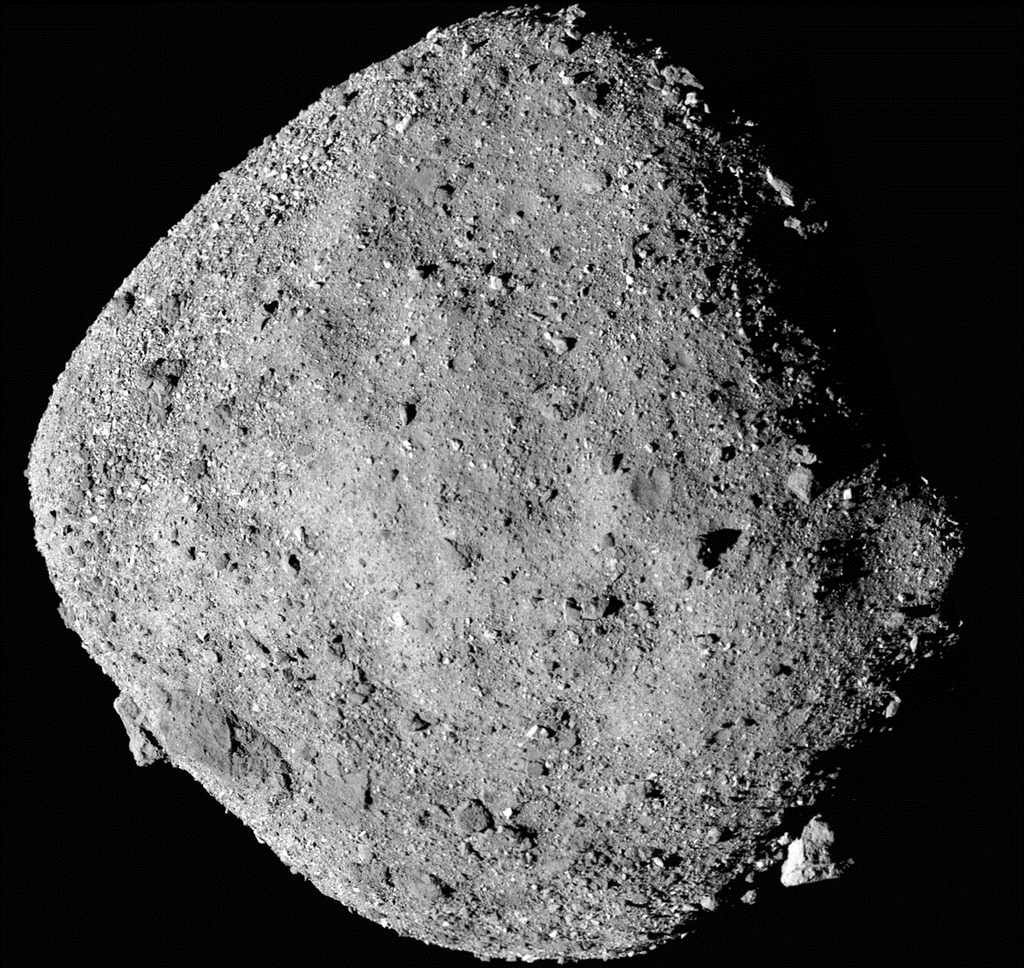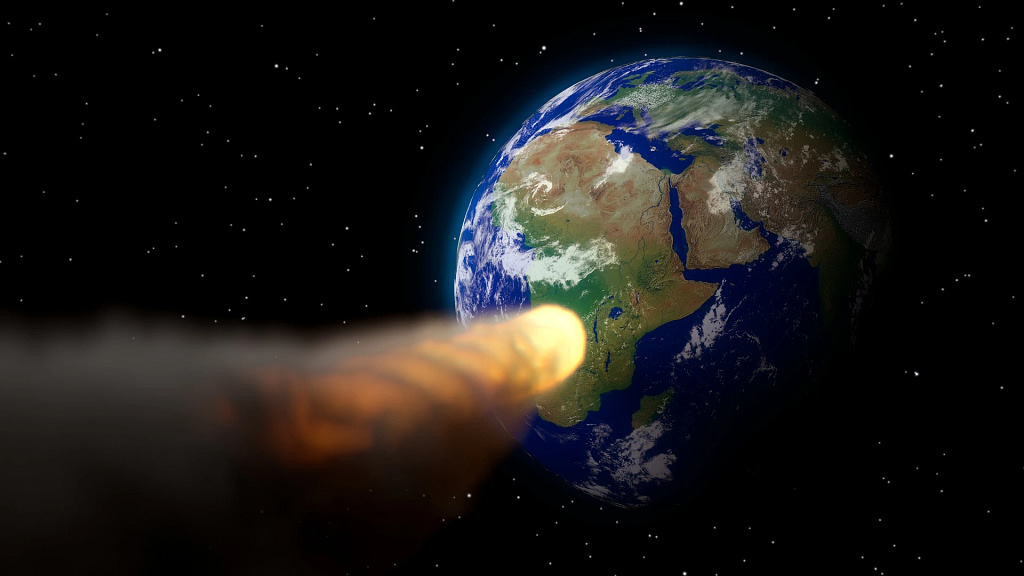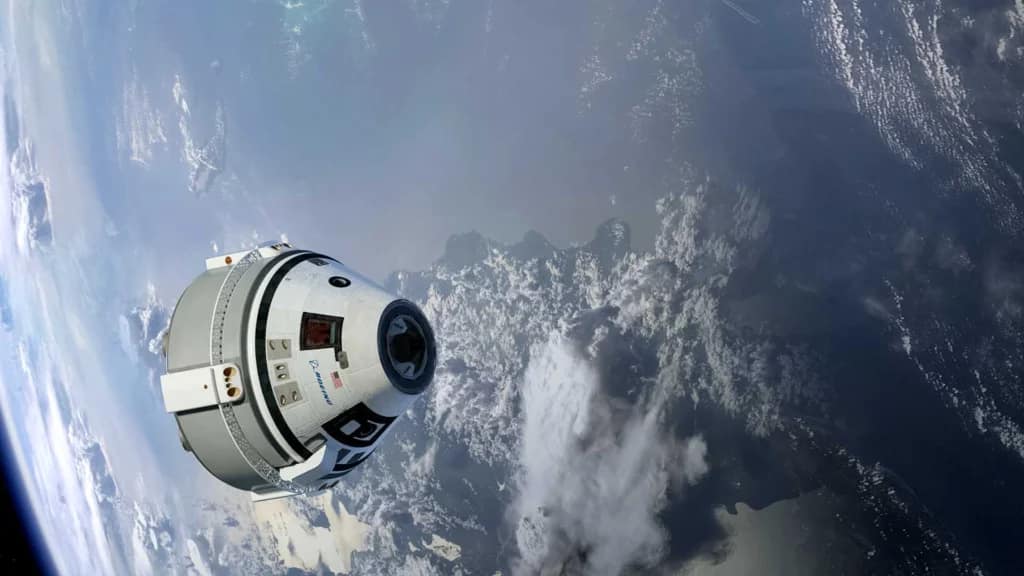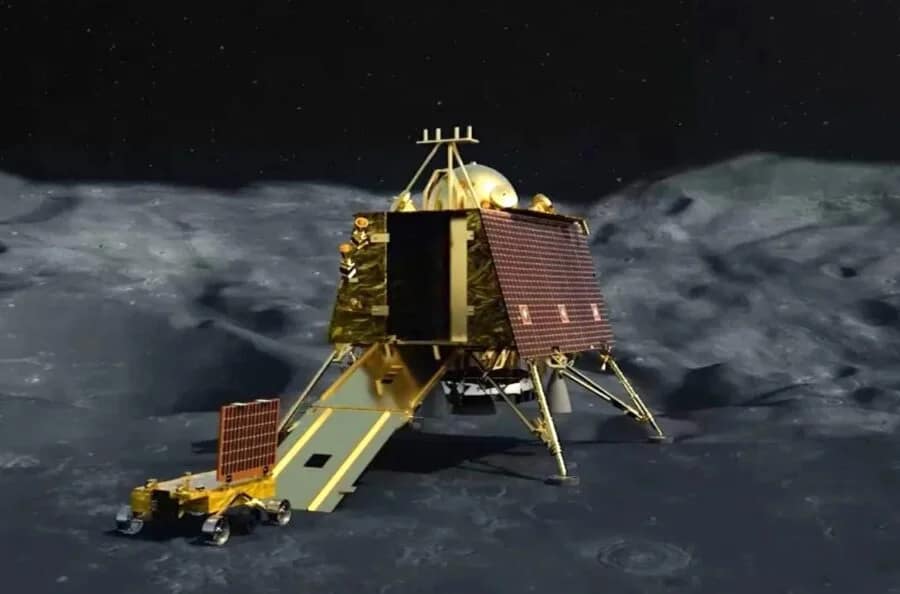In an extraordinary scientific endeavor that has spanned seven years and cost billions of dollars, NASA’s Osiris-Rex mission is now entering its final stages. This ambitious mission aims to bring samples of rock and dust from the distant asteroid Bennu back to Earth, providing a unique glimpse into the early history of our solar system. While Bennu maybe millions of kilometers away from our planet, a portion of this asteroid is about to come much closer to home.
Osiris-Rex, short for Origins, Spectral Interpretation, Resource Identification, Security, and Regolith Explorer, began its journey in 2016. The spacecraft spent two years traversing the vastness of space to reach the 500-meter-wide Bennu, and an additional two years were dedicated to scouting the best location for collecting a sample. In October 2020, the spacecraft achieved a remarkable feat by briefly touching the surface of the Bennu asteroid and using compressed nitrogen to gather its precious payload—a sample of rock and dust.
Over the last three years, Osiris-Rex has meticulously transported this precious cargo back to Earth. Scientists have high hopes that these 4.5-billion-year-old rocks will provide invaluable insights into the origins of life on our planet. Specifically, they are eager to investigate the presence of organics and amino acids, which are the building blocks of life. Additionally, the mission aims to uncover evidence of past hydration on Bennu’s surface, as these materials played a crucial role in the development of life on Earth.
As the Osiris-Rex mission nears its conclusion, a critical phase has been initiated—the return of the sample to Earth. The spacecraft has released a sample capsule, which is now hurtling toward the Earth’s surface. This capsule is set to touch down in the Utah desert, where scientists and experts will be eagerly waiting to retrieve it. Once retrieved, the sample will be transported to a specialized clean room laboratory for further examination and analysis.
While the scientific community is excited about the potential discoveries that await, the Osiris-Rex mission holds implications beyond Earth’s history and the origins of life. NASA has classified Bennu as the solar system’s most dangerous asteroid in terms of its potential to collide with Earth in the coming centuries. The knowledge gained from studying the asteroid’s composition will be invaluable in developing strategies to defend against and potentially deflect future asteroid threats.

One of the primary objectives of the Osiris-Rex mission is to learn more about what Bennu is made of, as this information is critical for developing effective deflection strategies. By understanding the asteroid’s composition, scientists and space agencies will be better equipped to mitigate potential asteroid impacts, thus safeguarding our planet.
The mission’s importance extends even further into the realm of space exploration and resource utilization. Bennu, rich in carbon and water, represents a potential resource for future space endeavors. With Earth’s resources becoming increasingly strained, mining asteroids like Bennu could become a reality. These celestial bodies could serve as resource depots, providing essential materials for deep-space missions. Understanding the composition and behavior of such asteroids is a crucial step toward harnessing their resources.
Osiris-Rex Mission Interview
In a recent interview, Patrick Michel, a planetary scientist and member of the Osiris-Rex team, emphasized the significance of the mission’s scientific and practical implications. He highlighted that the mission seeks to answer fundamental questions about our origins, the formation of Earth, and the emergence of life. Beyond these philosophical and scientific inquiries, Bennu’s potential as a threatening asteroid makes understanding its composition imperative for future planetary defense.
Michel further explained that the knowledge gained from this mission will enable scientists to design more efficient strategies to deflect Bennu or any other potential asteroid threat. He stressed the importance of having adequate time to develop and implement such strategies, underscoring the practical implications of the mission.
Additionally, Michel touched upon the idea of mining asteroids, a concept that was once the stuff of science fiction but is gradually becoming a reality. Bennu’s wealth of carbon and water makes it an enticing prospect for resource extraction. As space exploration advances, these celestial bodies may serve as crucial refueling stations, supporting missions to more distant destinations in the cosmos.
In conclusion, NASA’s Osiris-Rex mission represents an extraordinary scientific achievement and a testament to human ingenuity and perseverance. The imminent return of the sample capsule containing Bennu’s ancient rocks and dust holds promise for unraveling the mysteries of our solar system’s early history and enhancing our preparedness for potential asteroid threats. Moreover, the mission opens the door to a future where mining asteroids could become a viable means of resource utilization in space exploration. As we eagerly await the sample’s arrival on Earth, the Osiris-Rex mission stands as a remarkable testament to humanity’s curiosity and determination to explore the cosmos.




